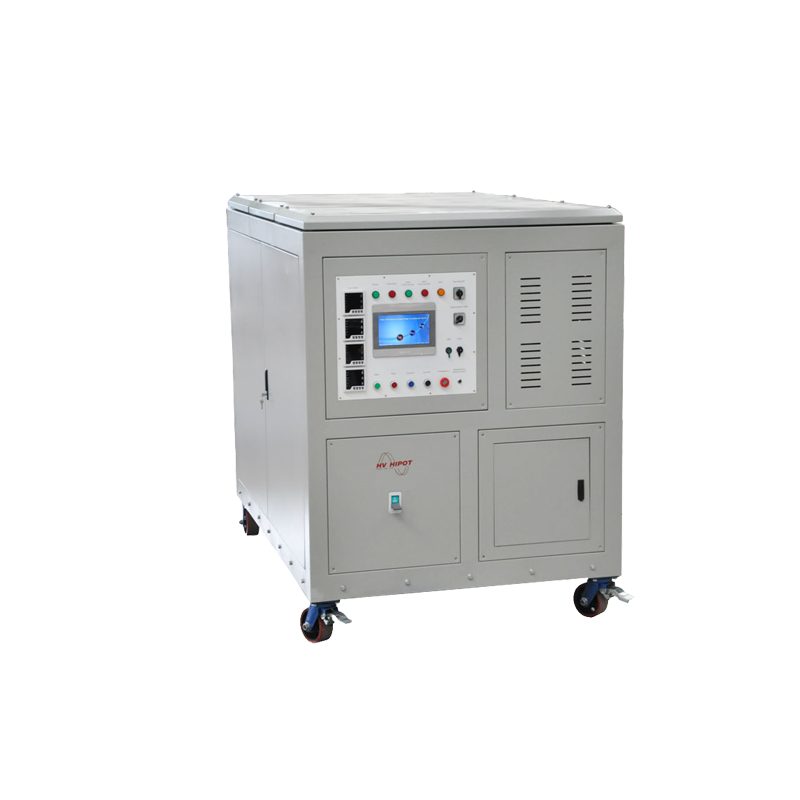primary current generators can be used as high current test devices or primary current injection testing is a preventive maintenance technique that injects current to evaluate the performance of circuit breakers installed in electrical or automation systems.
Because circuit breakers are so critical to the overall safety and understanding of equipment, various tests and investigations are conducted on circuit breakers to identify their problems, with current injection being the most common and popular. This test helps identify and monitor underperforming circuit breakers and their protective relays and devices to ensure electrical system efficiency is maintained even under peak loads. Typically, high current tests are used to verify current transformers (CT), potential or voltage transformers (PT or VT), switchgear, and relays.

Working principles:
Current injection testing is used to inject current into the primary and secondary sides of an electrical system to check protective equipment. The purpose of these tests is to test the reliability and efficiency of electrical systems (mainly protective equipment such as circuit breakers) and to help identify any defective equipment. Depending on the current amplitude and injection direction, current testing devices are divided into – primary and secondary. Both primary and secondary test units operate on the same principle of simulating real field currents to verify whether the circuit breaker trips at its design limits and how long the current needs to flow before tripping is initiated (activation time).
Types of large current groups:
Both primary and secondary current injection tests are available for industrial use and are selected based on the application and objectives of the test.
Primary or high current test device:
Primary current test devices are used in high current/high voltage applications, usually in large electrical installations such as substations. These test units operate by injecting current ranging from 100A to 20,000A (depending on the circuit breaker size) directly into the primary side of an electrical system (such as a circuit breaker) to test its load carrying capabilities. Unlike secondary current testing devices, which only test electronic circuit breakers, primary current testing is used for both thermal-magnetic circuit breakers and electronic circuit breakers. Modern high current test sets are integrated with cable terminations, timers, temperature indicators, contractors, independent phase controls and other accessories. They can determine the health of the CT and the condition of the wiring from the CT to the trip unit.
Post time: Aug-30-2023
